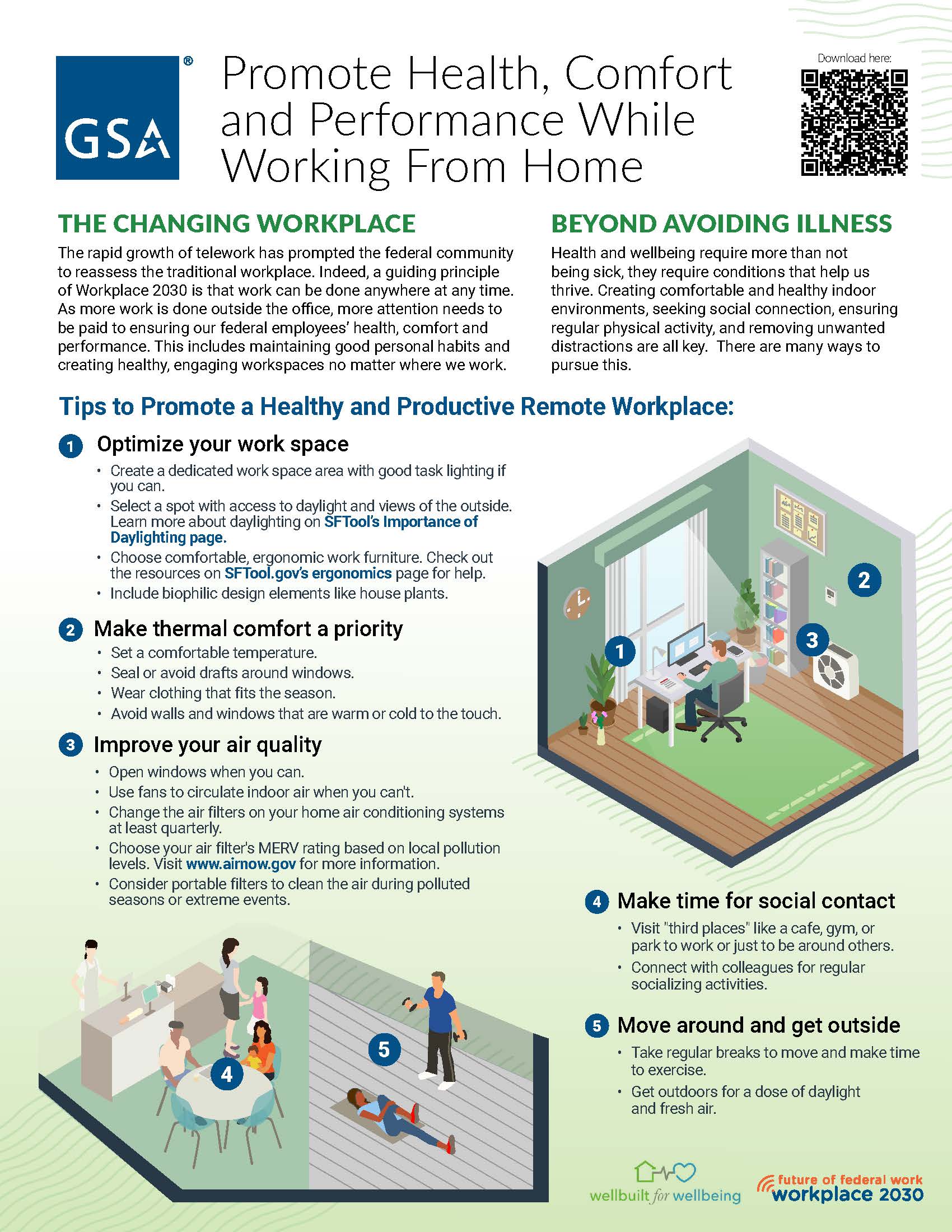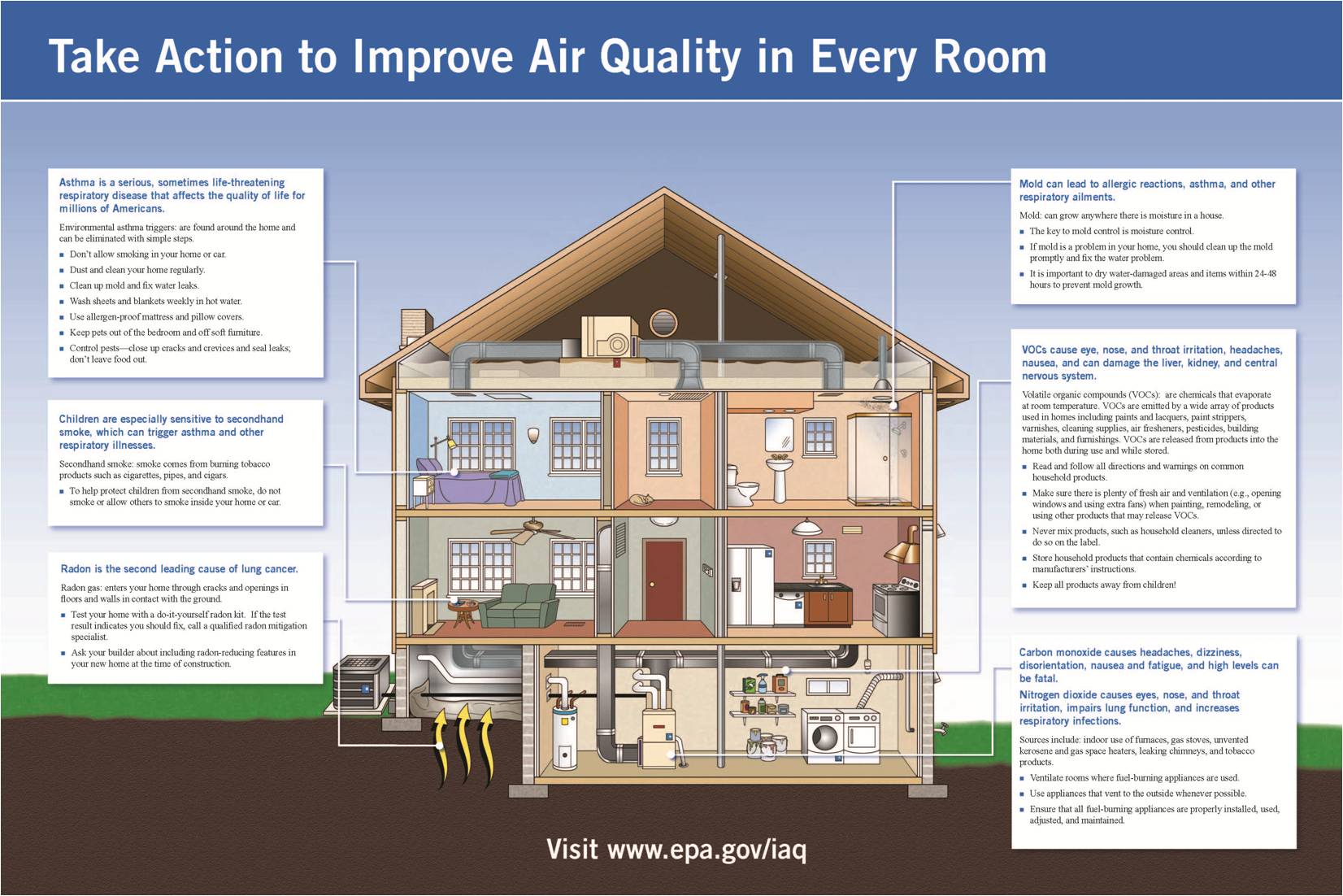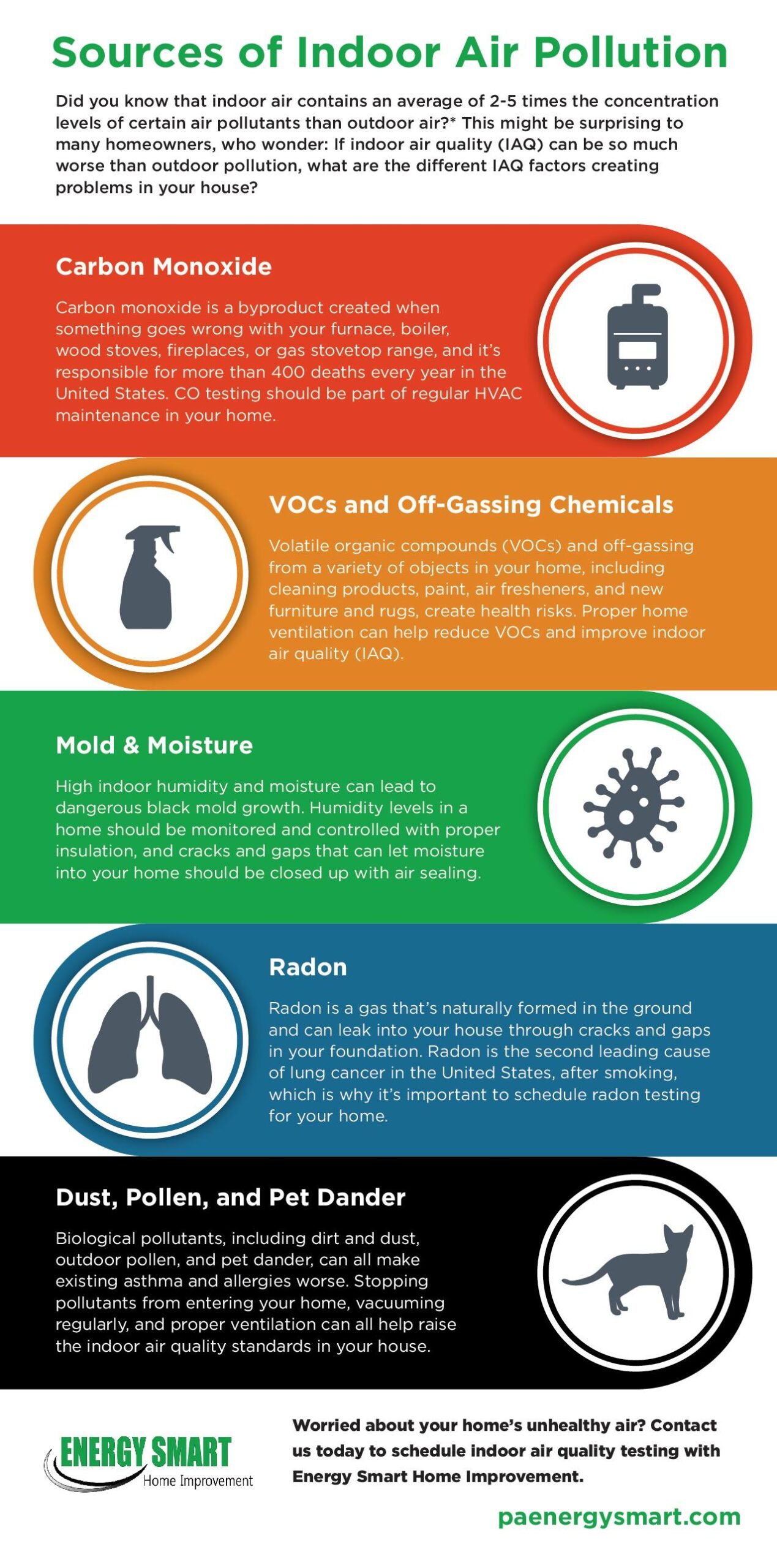Improving air quality in homes with high dust levels requires specific steps. First, identify sources of dust.
Then, take action to reduce them. Dust can make breathing difficult and aggravate allergies. It can also affect the overall health of everyone in the home. There are many ways to improve air quality and reduce dust. Some methods are simple, while others may need more effort.
Regular cleaning and proper ventilation are key. Using air purifiers and maintaining HVAC systems also help. These steps can lead to a healthier living environment. In this blog post, we will explore practical tips to improve air quality in homes with high dust levels. Follow these tips to breathe easier and live better.
Identify Dust Sources
Improving air quality in homes with high dust levels starts with identifying the sources of dust. Recognizing where dust originates can help in creating effective strategies to reduce it. Below, we delve into the common and hidden sources of dust in your home.
Common Dust Origins
Many dust sources in homes are visible and easy to identify. Here are some of the most common:
- Carpets and Rugs: These trap dust and release it into the air.
- Furniture: Upholstered furniture collects dust and pet dander.
- Windows and Doors: Dust enters through open windows and doors.
- Foot Traffic: Shoes bring in dirt and debris from outside.
Hidden Dust Culprits
Some dust sources are less obvious but equally important to address:
- HVAC Systems: Dust accumulates in ducts and gets circulated.
- Electronics: Devices attract and hold onto dust particles.
- Bedding: Dead skin cells and fibers from bedding contribute to dust.
- Books and Paper: Paper items collect and release dust over time.
Understanding these sources can help you take targeted actions to improve air quality in your home.

Credit: sftool.gov
Effective Cleaning Techniques
Maintaining clean air at home is vital, especially in dusty environments. Effective cleaning techniques can significantly reduce dust levels. Let’s explore some practical tips.
Vacuuming Tips
Use a vacuum with a HEPA filter. It traps small particles that regular vacuums miss. Vacuum carpets, rugs, and upholstery regularly. Don’t forget under furniture and in corners. Empty the vacuum bag or canister often to prevent dust from escaping. For best results, vacuum at least twice a week.
Dusting Strategies
Use a damp cloth or microfiber cloth for dusting. These trap dust rather than spreading it around. Start from the top and work your way down. Focus on often-overlooked areas such as ceiling fans, light fixtures, and baseboards. Wash dusting cloths frequently to keep them effective.
Air Purifiers
Improving air quality in homes with high dust levels can be a challenge. Air purifiers are a great solution. They filter out dust, allergens, and other pollutants. This helps create a healthier living environment for you and your family.
Choosing The Right Purifier
Selecting the best air purifier is crucial. Consider these factors:
- Room Size: Ensure the purifier is suitable for your room’s size.
- Filter Type: HEPA filters are effective in capturing dust particles.
- Noise Level: Look for a quiet unit if you plan to use it in a bedroom.
- Energy Consumption: Check the energy rating to save on electricity bills.
Using these criteria will help you find the right air purifier for your needs.
Maintenance Tips
Regular maintenance ensures your air purifier works efficiently. Here are some tips:
- Replace Filters: Change HEPA filters every 6-12 months.
- Clean Pre-Filters: Wash or vacuum pre-filters monthly.
- Wipe Exterior: Dust the outside of the unit weekly.
- Check Sensors: Ensure sensors are clean and functioning properly.
Following these steps keeps your air purifier in top condition, ensuring clean air in your home.
Ventilation Improvements
Improving the ventilation in your home can significantly reduce dust levels. Fresh air circulation helps remove dust particles and other pollutants. Let’s explore some effective ways to enhance ventilation in homes with high dust levels.
Benefits Of Fresh Air
Fresh air offers numerous benefits for your home’s air quality. Here are a few:
- Reduces Dust: Fresh air can help reduce dust accumulation.
- Improves Health: Clean air reduces the risk of respiratory issues.
- Removes Pollutants: Fresh air removes indoor pollutants and allergens.
- Boosts Mood: Fresh air can improve mood and overall well-being.
Installing Ventilation Systems
Installing proper ventilation systems is crucial for maintaining good air quality. Consider the following options:
| Ventilation System | Description |
|---|---|
| Exhaust Fans | Remove stale air and bring in fresh air. |
| Air Purifiers | Filter out dust and other particles. |
| HVAC Systems | Maintain a consistent flow of fresh air. |
Here’s how to choose the right system:
- Identify the areas with high dust levels.
- Determine the size and capacity needed.
- Consider energy efficiency and maintenance costs.
Regularly maintaining these systems ensures they operate effectively. Clean filters and ducts to keep dust at bay. Proper installation and upkeep can vastly improve your home’s air quality.
Humidity Control
Humidity control plays a crucial role in improving air quality in homes with high dust levels. Excess moisture in the air can contribute to the growth of mold, mildew, and dust mites, all of which can worsen indoor air quality. By maintaining the right humidity levels, you can significantly reduce the amount of dust and allergens in your home.
Ideal Humidity Levels
Keeping humidity levels between 30% and 50% is ideal for most homes. This range helps to prevent dust mites and mold growth. Use a hygrometer to monitor humidity levels. If levels are too high, take steps to reduce them.
Using Dehumidifiers
Dehumidifiers are effective in controlling indoor humidity. Place them in rooms where moisture levels are high. Basements, bathrooms, and kitchens are common areas. Choose a dehumidifier size based on room dimensions. Regularly empty and clean the dehumidifier to maintain its efficiency.

Credit: www.healthline.com
Regular Maintenance
Improving air quality in homes with high dust levels requires consistent upkeep. Regular maintenance is key to ensuring a clean, dust-free environment. This involves taking care of your HVAC system and regularly replacing filters. By focusing on these areas, you can significantly reduce dust and improve indoor air quality.
Hvac System Care
Your HVAC system plays a crucial role in maintaining indoor air quality. Regular cleaning and maintenance prevent dust buildup. Ensure that all components, including ducts and vents, are free from dust and debris.
Schedule a professional inspection at least once a year. This helps identify any issues early and keeps your system running efficiently. Also, consider installing air purifiers to enhance the air quality further.
Filter Replacement
Regularly replacing filters is essential for clean air. Dirty filters trap dust and pollutants, reducing air quality. Check your filters every month and replace them if they appear dirty or clogged.
Use high-efficiency particulate air (HEPA) filters. These filters are effective in capturing small particles, including dust, pollen, and pet dander. Following the manufacturer’s guidelines for replacement intervals ensures optimal performance.
| Filter Type | Replacement Frequency |
|---|---|
| Standard Filters | Every 1-3 months |
| HEPA Filters | Every 6-12 months |
| Reusable Filters | Clean every month |
Maintaining clean filters not only improves air quality but also enhances the efficiency of your HVAC system. This helps in reducing energy costs and prolonging the life of your equipment.
Natural Solutions
Improving air quality in homes with high dust levels can be challenging. Natural solutions offer effective and eco-friendly ways to tackle this issue. These methods not only help reduce dust but also enhance overall indoor air quality. Here, we explore some natural solutions that can make a significant difference.
Houseplants For Cleaner Air
Houseplants are a great way to improve indoor air quality. They act as natural air filters, removing toxins and dust particles from the air. Here are some plants known for their air-purifying properties:
- Spider Plant: Easy to grow and effective at removing formaldehyde.
- Peace Lily: Known for filtering out benzene and trichloroethylene.
- Snake Plant: Great for removing formaldehyde and nitrogen oxides.
- Bamboo Palm: Excellent at filtering out benzene and trichloroethylene.
Essential Oils
Essential oils can also help improve air quality. They contain natural compounds that can reduce dust and allergens. Here are some essential oils that are particularly effective:
- Tea Tree Oil: Known for its antibacterial and antifungal properties.
- Lemon Oil: Helps to purify the air and has a fresh scent.
- Eucalyptus Oil: Effective in reducing dust mites and allergens.
- Lavender Oil: Calming scent and helps to reduce airborne allergens.
To use essential oils, add a few drops to a diffuser or mix with water in a spray bottle. This will help to disperse the oils throughout your home, improving the air quality naturally.

Credit: tempacurehvac.com
Lifestyle Changes
Improving air quality in homes with high dust levels can be challenging. Making lifestyle changes can significantly help. By reducing clutter and maintaining a smoke-free environment, you can breathe easier and live healthier.
Reducing Clutter
Clutter collects dust. Keeping your home organized can reduce dust levels. Here are some tips:
- Store items in boxes or containers.
- Regularly clean and dust shelves.
- Minimize knick-knacks and decorations.
Use closed storage solutions. Cabinets and drawers keep dust away from items. Less clutter means fewer surfaces for dust to settle on.
Smoke-free Environment
Smoking indoors is a major source of indoor air pollution. Avoid smoking inside to improve air quality. Consider these steps:
- Encourage family members to smoke outside.
- Create a designated smoking area away from the house.
- Use air purifiers to filter smoke particles.
Secondhand smoke is harmful. It contains many pollutants. Keeping a smoke-free home protects everyone’s health.
Frequently Asked Questions
What Causes High Dust Levels In Homes?
High dust levels in homes are often caused by poor ventilation, pets, carpets, and clutter. Regular cleaning and using air purifiers can help.
How Can I Reduce Dust In My Home?
Reduce dust by cleaning regularly, using air purifiers, and maintaining HVAC systems. Declutter your living spaces to minimize dust accumulation.
Are Air Purifiers Effective For Dust?
Yes, air purifiers with HEPA filters are effective in capturing dust particles. They significantly improve indoor air quality.
How Often Should I Clean To Reduce Dust?
Clean your home at least once a week to reduce dust levels. Pay special attention to high-traffic areas and surfaces.
Conclusion
Improving air quality in homes with high dust levels is crucial. Regular cleaning reduces dust accumulation. Use air purifiers to filter out particles. Choose the right vacuum with HEPA filters. Keep windows closed during high pollen seasons. Maintain humidity levels to prevent mold growth.
These simple steps can create a healthier living environment. Small changes make a big difference. Breathe easier and enjoy a cleaner home.
Rakib Sarwar is a Registered Pharmacist and a reputed health and wellness blogger. He has a great interest in Air purifiers.
